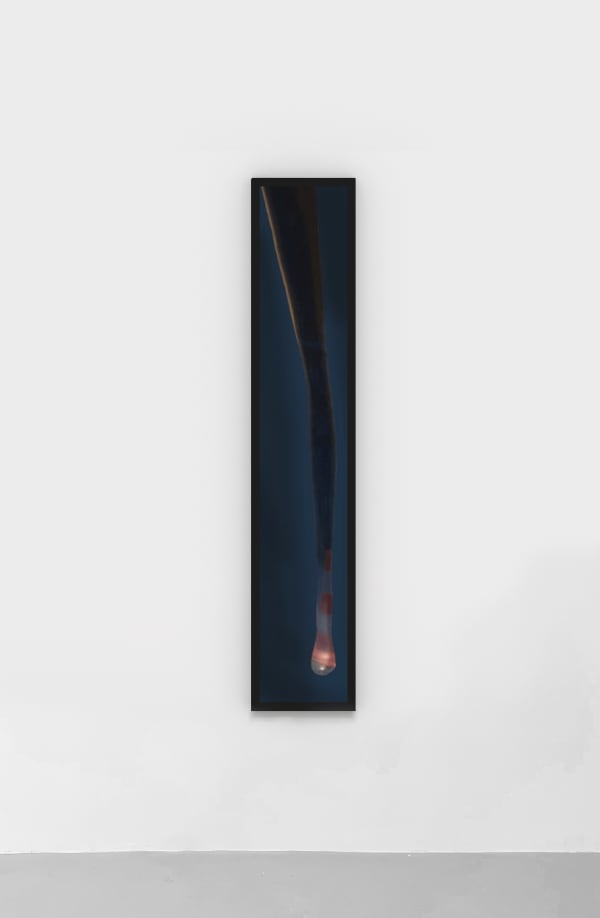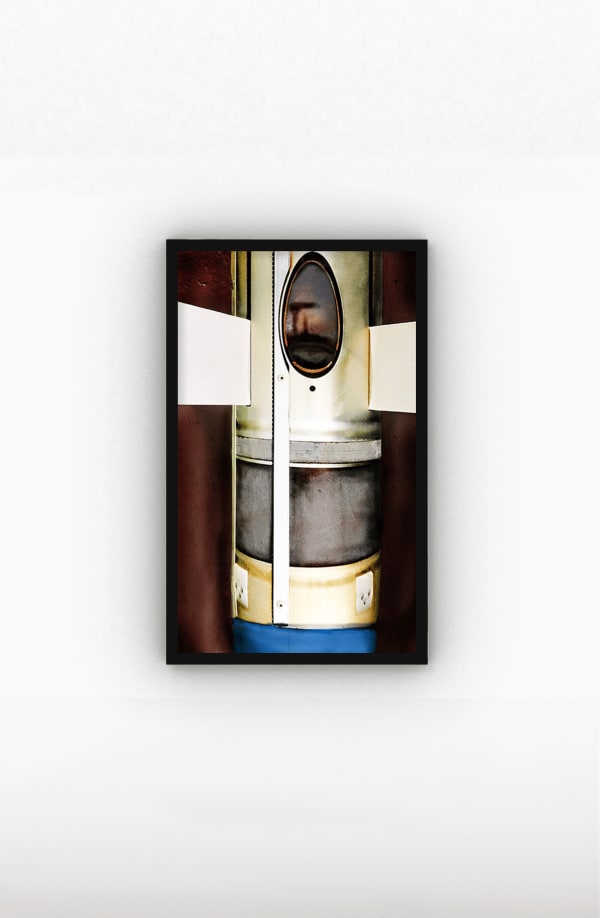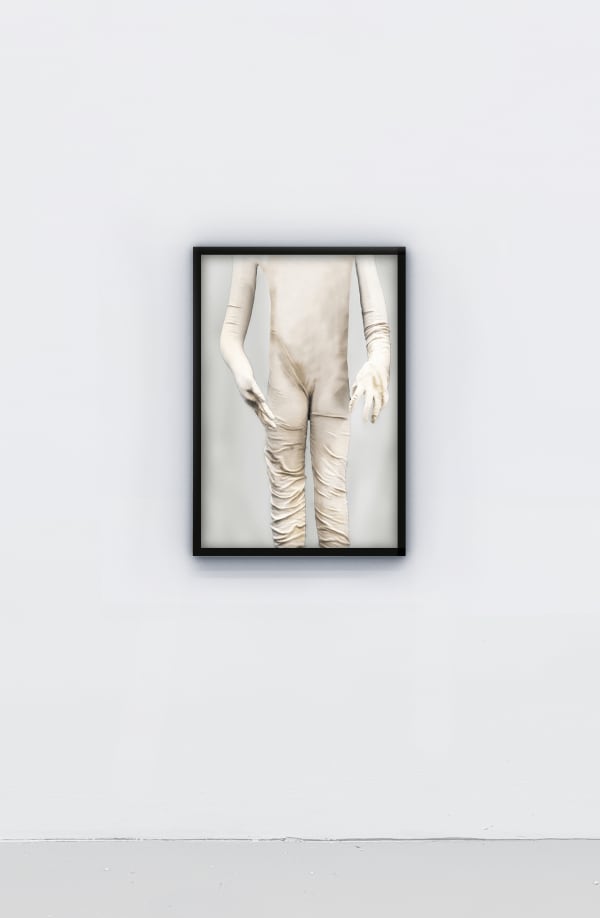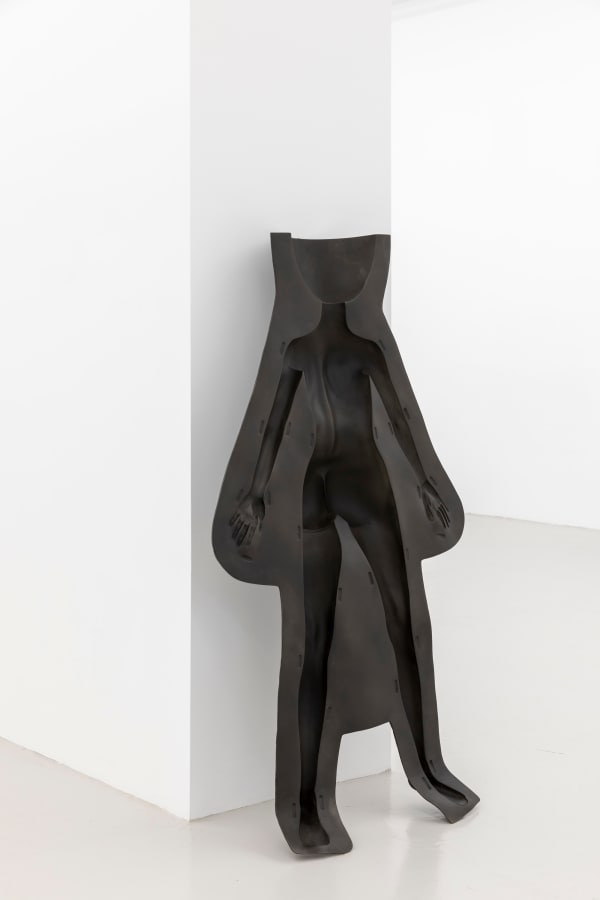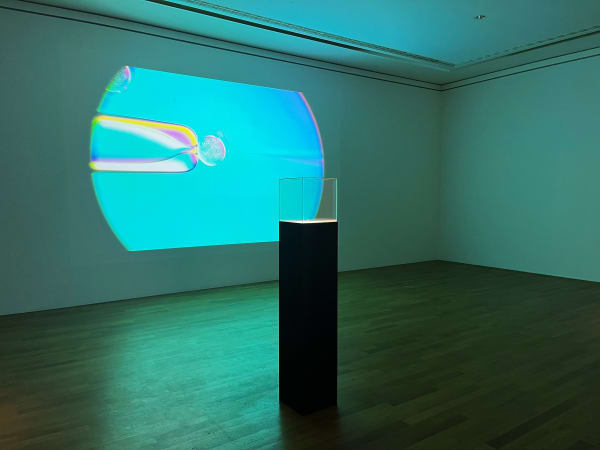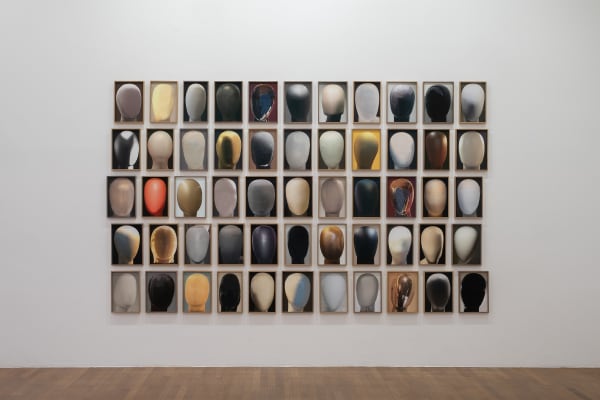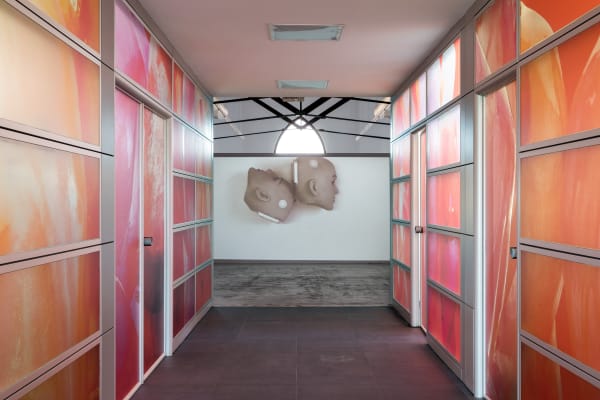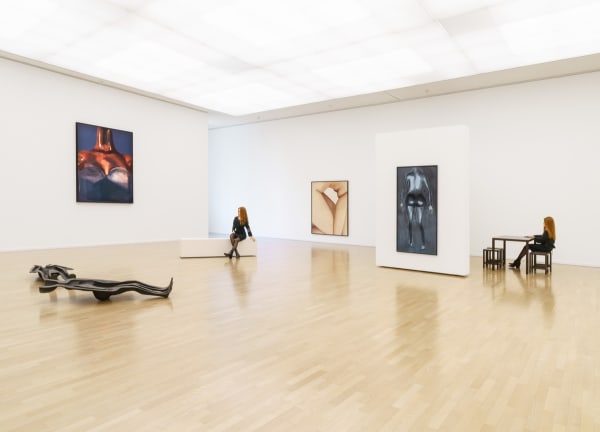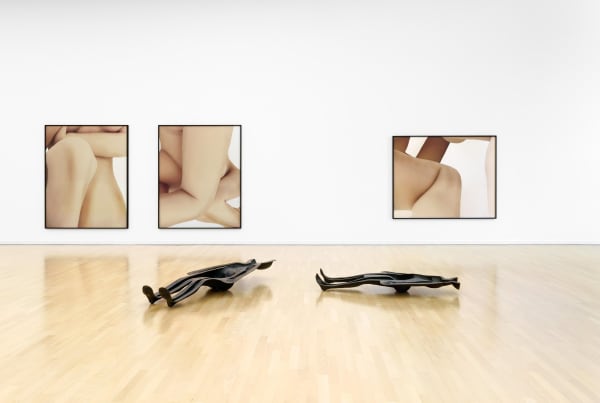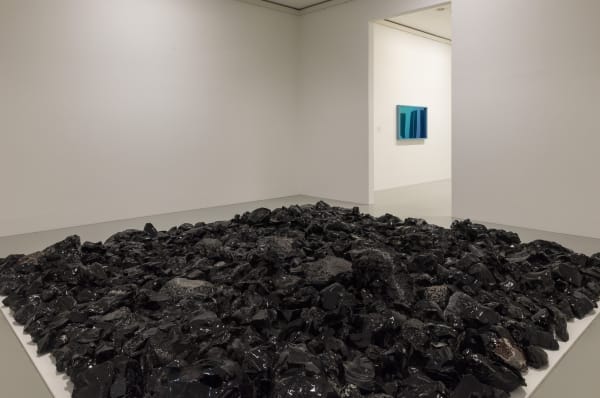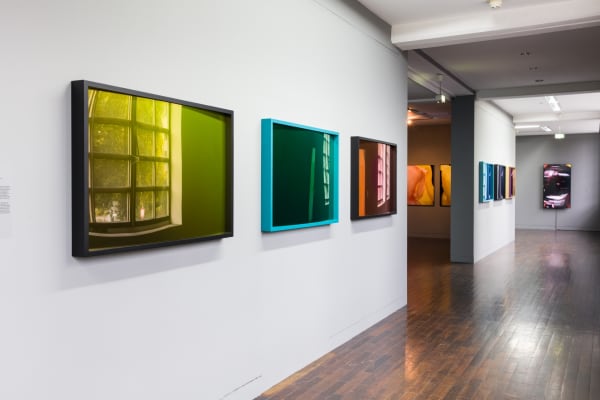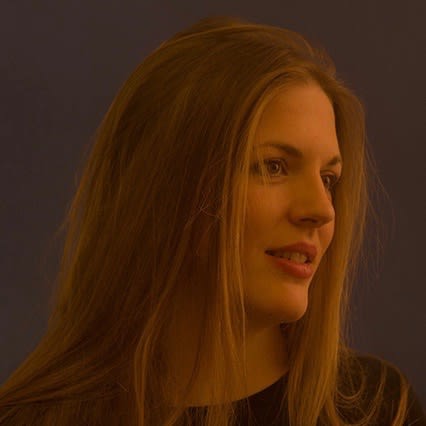-

Louisa Clement
Becoming Lost
as winner of Bonn Art Award
Kunst Museum Bonn, Bonn, Germany2024
-

Louisa Clement
Becoming Lost
as winner of Bonn Art Award
Kunst Museum Bonn, Bonn, Germany2024
-

TRANSFORMERS
Masterpieces of the Frieder Burda Collection in Dialogue with Artificial Beings
Museum Frieder BurdaBaden-Baden, Germany2023
-

Bodies of Identities
Casino Luxembourg
Ville Haute Luxembourg
2023
-

Louisa Clement. Counterpain
Cassina Projects, Milan2021
Photo © Roberto Marossi
-

Louisa Clement. Counterpain
Cassina Projects, Milan2021
Photo © Roberto Marossi
-

Double Bind
Kunsthalle Gießen, Germany
2021
-

Double Bind
Kunsthalle Gießen, Germany
2021
-

Area Caproni U8OPIA
Cassina Projects, Milan
2020
Photo © Roberto Marossi
-

Louisa Clement: Remote control
Sprengel Museum Hannover
2019 -

Louisa Clement: Remote control
Sprengel Museum Hannover
2019 -

Louisa Clement: Remote control
Sprengel Museum Hannover
2019 -

Disruption
Bernier Eliades, Bruxelles
2019
-

Louisa Clement
Ludwig Forum Aachen, Germany
2019 -

Louisa Clement
Wentrup Gallery, Berlin2018
-

Louisa Clement
Konrad Fischer Galerie, Düsseldorf
2018
-

The future looking back
Martinez Gallery, Cologne2016
Louisa Clement's practice delves into the ever-shifting notion of identity as our society gets confronted with new forms of communication, standardisation and recognition brought along by the digital age. Through photography, video, sculpture, installation and VR, her practice questions physicality and the dynamics of collective interaction at a time where the virtual has long outgrown its own sphere and the fragile categories of individual and reality escape their traditional paradigms. Clement's essential aim at dissolving defined structures is also emphasized by the constant swinging of her work between abstraction and figuration and by her making use of a broad range of media to mimic the fluidity of the subject she examines, which indirectly reflects the extent of her investigation rooted in the fluctuating and networked condition of our times.
In the series Avatar, Disruptions, Gliedermensch and Heads, sleek mannequins photographed by the artist with her iPhone's camera become visual and conceptual subjects. Symbols of the dehumanization of bodies and prophets of the anonymizing homologation caused by seriality and alienation, the mannequins deny gender definition and face recognition so that only the arbitrary coloring or the anatomical poses make room for distinction. Clement's figures incarnate lifelessness yet they retain a palpable physicality. Their artificial nature is counterbalanced by their intimate allure.
The acclaimed installation Transformationsschnitt (Transformation Cut) further highlights tension and contradiction as pivotal forces behind Clement's multi-layered practice. Rows of black obsidian-like glassy stones resembling fragments of meteorite radiate delicacy and aesthetic purity. However, consisting of the residue of chemical weapons confiscated during the Syrian civil war whose toxic components were mixed with sand and incinerated, the stones are loaded with the potential of death. Uncanny and lethal, their beauty speaks of transformation while addressing collective consciousness.
Recently, with the ambitious work titled Aporia, Clement has translated her interest in oobjectified bodies and automatons into virtual reality. Using VR equipment, the viewer is invited to interact with a group of artificial digital bodies reminiscent of the artist's faceless mannequins. Through Aporia, Clement reiterates concerns over the potential of artificial intelligence and machine learning yet she also explores the antithetically dual relation between physicality and virtuality.
With the series Mold, a black bronze sculptural mold of a sex doll belonging to a new generation of luxury sex toys, provided with an artificial intelligence which allows the doll to learn and memorize the preferences of the users and interact with them in order to achieve a new level of experience, Louisa Clement stresses her ongoing investigation on the dynamics of interaction and explores the replaceable nature of a living partner.
Over and above corporeality and identity, Louisa Clement's visionary universe populated by cryptically seductive humanoids unearths concerns of control and authority as body integrity, human thinking and desire alike are unequivocally morphed by the ineluctable interdependence of human hand and technological advancements.
Louisa Clement (b. 1987 in Bonn, Germany) lives and works in Bonn, Germany. She graduated in 2014 at Kunstakademie Düsseldorf as master student of Andreas Gursky.
Louisa Clement has exhibited in various institutions and museums including Museum Frieder Bruda, Baden-Baden, Germany (2022); Casino Luxemburg (2022); Kunsthalle Giessen, Giessen, Germany (2021); Marta Herford Museum, Herford, Germany (2020); Triennial for Photography and New Media at Henie Onstad Kunstsenter in Norway (2020); Ludwig Forum, Aachen, Germany (2019); Sprengel Museum,
Hannover, Germany (2019); Digitale Kunsthalle des ZDF (2019); Kunst Raum Riehen, Riehen, Switzerland (2018); Museum für Photographie in Braunschwei, Germany (2018); Cité Internationale des Arts in Paris and Rencontres Photographiques de Toulouse, France (2018) Wallraf-Richartz-Museum Cologne, Germany (2017); Kunsthalle Recklinghausen and Kunsthalle Düsseldorf in Germany (2016). Her work is
part of important collections: LBBW Collection, Stuttgart, Germany; Huis Marseille, Amsterdam, TheNetherlands; Atlanta Kulturstiftung, Bad Homburg, Germany; Collection of the City of Bruhl, Germany; Collection Ringier, Zurich, Switzerland.
-

Shift
Louisa Clement 19 Sep - 31 Oct 2024Digging deeper into her extensive exploration of socially disruptive technology and transhumanism, Clement’s new display featuring installation, video and wall pieces zeroes in on a somber scenario where the artificial...Read more -

Louisa Clement. Counterpain
28 Oct 2021 - 15 Jan 2022Reinforcing her ongoing artistic investigation on the hybridization and standardization of the human body, the display of works gives voice to the heterogeneity of Clement's practice providing conceptual framework for...Read more -

Area Caproni U8OPIA
16 Jan - 31 Jul 2020Developing through the two floors of the gallery, the exhibition reveals a transient world populated by humanoid figures suggesting new mechanisms to regulate life. Their recent artworks, some of which...Read more
